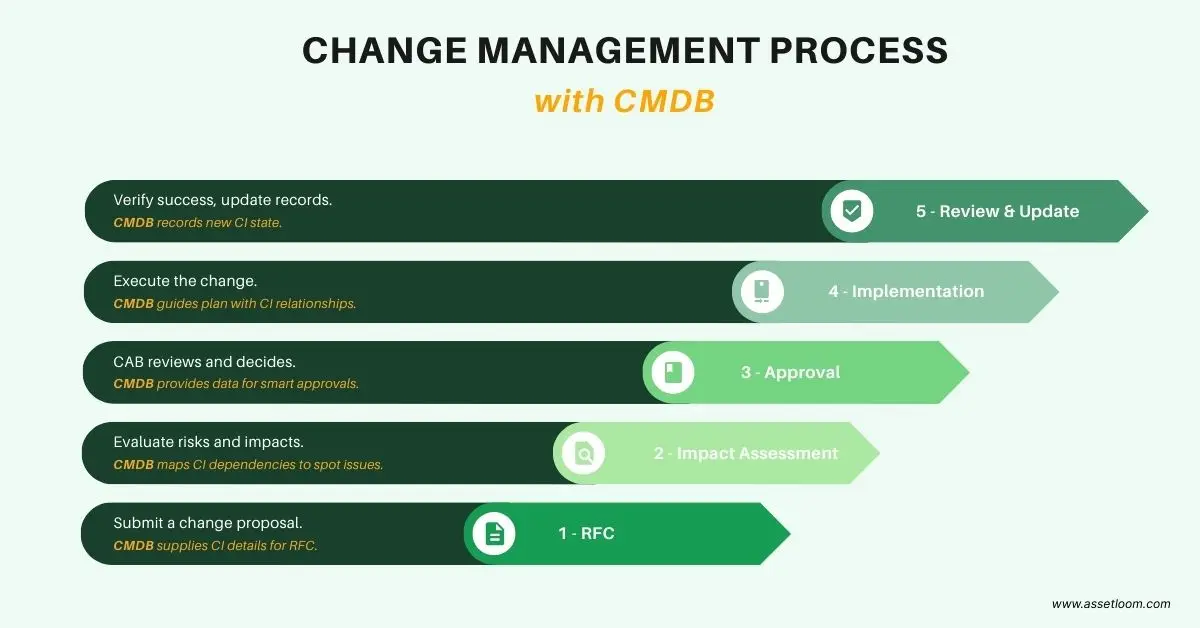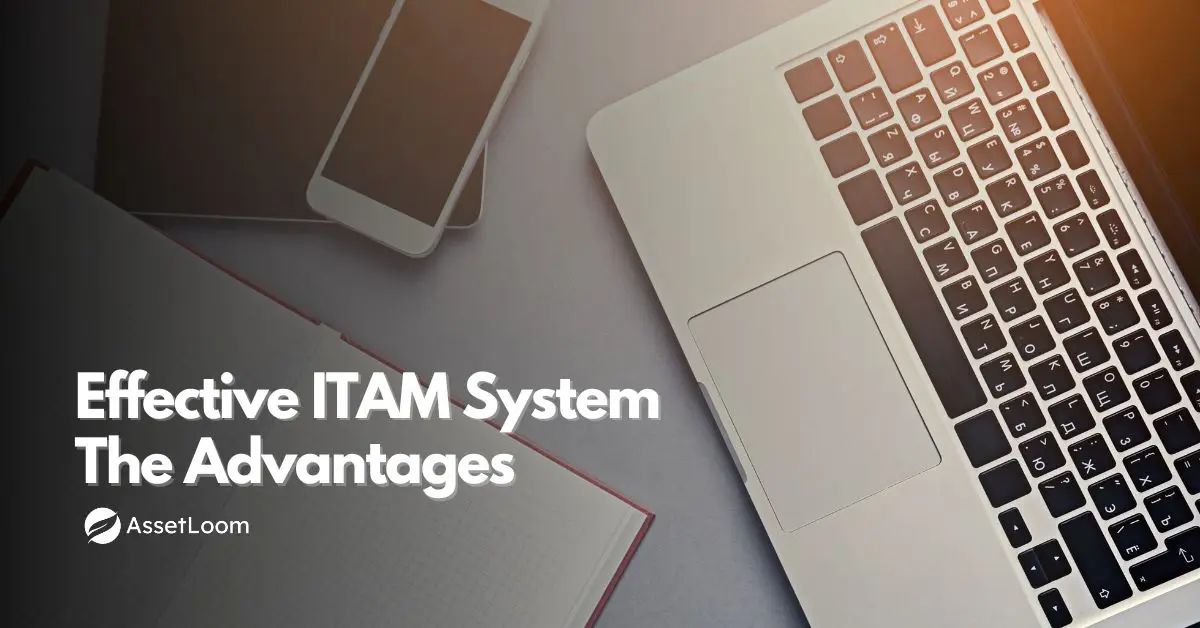Why CMDB Change Management Matters
Discover how CMDB change management streamlines IT operations with ITIL. Learn its role, benefits, and best practices.
Imagine your IT team plans to upgrade a critical server. Everyone’s excited about better performance. But halfway through, an application crashes. Nobody realized the server supported it. Chaos ensues, and downtime costs thousands. This happens when IT changes go unmanaged. That’s where CMDB change management steps in.
A Configuration Management Database (CMDB) tracks IT assets and their connections. Pair it with change management, and you control IT changes to avoid disasters. If your team already uses a CMDB, you’re halfway there. But how does it fit into managing changes? This article explains the role of CMDB in change management. We’ll cover what change management is, why CMDB is key, and how to make it work. Let’s dive in!
What is Change Management?
Change management ensures IT changes happen smoothly. Think of it as a roadmap for updating systems, software, or processes without breaking things. It’s part of IT Service Management (ITSM), which focuses on delivering reliable IT services. ITSM uses frameworks like ITIL to standardize processes. Change management is one of those processes.
In IT, changes range from small patches to major cloud migrations. Without a plan, changes can cause outages or confusion. Change management creates structure. It involves planning, testing, and communicating to keep everyone on the same page. For example, when a company rolls out new software, change management ensures employees know how to use it. It also prevents technical glitches.
CMDB ties into this by providing data to make smart decisions. Let’s explore that next.
What is a CMDB?
We often talk about CMDB, so you likely know the basics. Still, let’s recap. A CMDB stores details about configuration items (CIs), things like servers, applications, or networks. It also tracks how they connect.
For instance, a CMDB shows that a database supports your customer portal. This visibility is gold when making changes. Without it, you’re guessing what a change might break. A good CMDB keeps data accurate and up-to-date. It’s the backbone for many ITSM processes, especially change management. Now, let’s see how it plays a starring role.
The Role of CMDB in Change Management
Change management needs reliable data to succeed. That’s where CMDB shines. It acts like a GPS, guiding IT teams through changes. Here’s how CMDB supports change management:
1. Maps Dependencies
Before changing a CI, you need to know what it affects. CMDB shows relationships between CIs. For example, upgrading a server? CMDB reveals which applications depend on it. This prevents surprises like application crashes.
2. Enables Impact Analysis
CMDB data helps assess a change’s risks. Say you plan to update software. CMDB shows which systems might be impacted. IT teams can then test or plan workarounds. This reduces failed changes.
3. Supports Approvals
A Change Advisory Board (CAB) reviews changes. CMDB gives them clear data to decide. For instance, if a change risks downtime, CMDB flags it. The CAB can approve, tweak, or reject the plan.
4. Tracks Changes
Every change updates the IT environment. CMDB records these updates. This creates an audit trail for compliance. It also keeps the CMDB accurate for future changes.
5. Speeds Up Recovery
If a change fails, CMDB helps fix it fast. It shows the pre-change state, guiding rollback plans. This minimizes downtime and frustration.
Picture this: A retail company wants to patch its payment system. The CMDB shows it’s linked to an e-commerce platform. The team tests the patch first, avoiding a costly outage. That’s CMDB in action.
The Change Management Process with CMDB
Change management follows a clear process. CMDB integrates at every step. Here’s how it works, based on ITIL:

Request for Change (RFC)
Someone submits an RFC to propose a change. It includes CI details. CMDB provides data to flesh out the RFC. For example, it lists the server to be upgraded and its connections.
Impact Assessment
The team uses CMDB to analyze risks. They check which CIs the change affects. This step flags potential issues, like downtime risks.
Approval
The CAB reviews the RFC. CMDB data informs their decision. They see dependencies and risks upfront. This makes approvals faster and smarter.
Implementation
The team executes the change. They follow a plan based on CMDB insights. For instance, they schedule the change to avoid peak hours.
Review and Update
After the change, the team checks if it worked. They update the CMDB to reflect the new CI state. This keeps the database accurate. For example, a bank migrating to a cloud platform used its CMDB to map dependencies. This ensured a smooth transition with zero outages.
Benefits of CMDB Change Management
Using CMDB in change management delivers big wins. Here are the top benefits:
- Fewer Outages: CMDB’s dependency mapping prevents changes from breaking services. This keeps customers happy.
- Better Compliance: CMDB tracks every change. This creates records for audits, like GDPR or SOX.
- Faster Approvals: Accurate CMDB data speeds up CAB decisions. No guesswork means quicker changes.
- Cost Savings: Fewer failed changes reduce rework. This saves time and money.
- Stronger Teamwork: CMDB gives all IT teams the same data. This aligns the service desk, operations, and developers.
Studies show companies with robust CMDBs cut change-related incidents by 20-30%. That’s a game-changer for IT reliability.
Conclusion
CMDB change management transforms how IT teams handle changes. It brings clarity, cuts risks, and saves money. By mapping dependencies, supporting approvals, and tracking updates, CMDB makes change management smarter. Whether you’re patching a server or moving to the cloud, it’s your safety net.

Subscribe for Expert Tips and Updates
Receive the latest news from AssetLoom. right in your inbox


